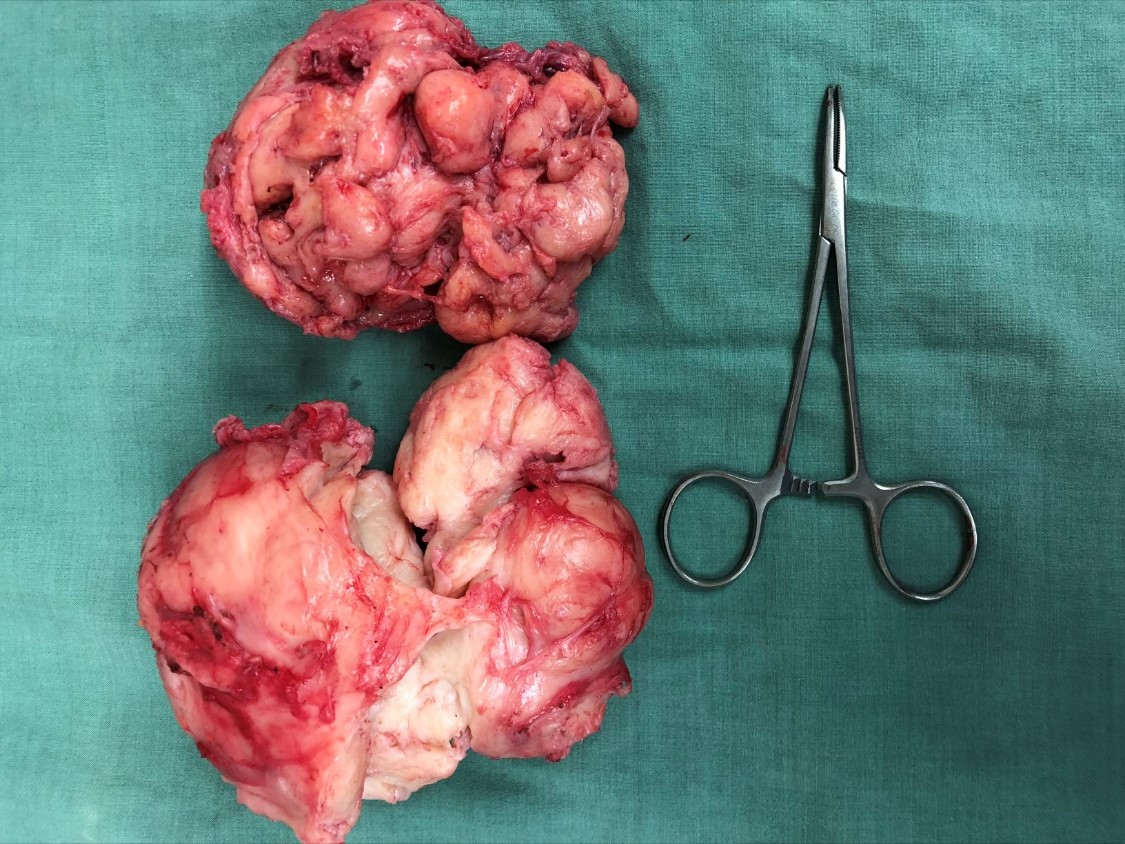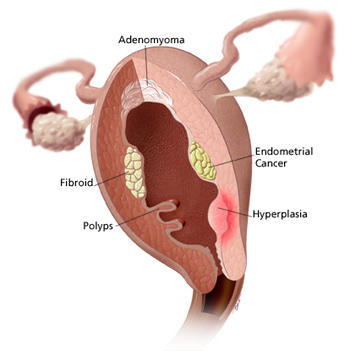Myomectomy

Uterine fibroids are benign (non-cancerous) tumors that grow underneath the uterine lining, inside the uterine wall or outside the uterus. Fibroids are very common in women during their reproductive years.
Many women don’t feel any symptoms with uterine tumors or fibroids. But for others, these fibroids can cause excessive menstrual bleeding (also called menorrhagia), abnormal periods, uterine bleeding, pain, discomfort, frequent urination and infertility. The diagram below depicts different types of fibroids that can occur.
Surgery for uterine tumors can involve removing the entire uterus – known as a hysterectomy. While hysterectomy is a proven way to get rid of fibroids, it may not be the best choice for every woman.
If you want to keep your uterus but not necessarily get pregnant in the future, there are a number of prescription drug treatments that may help to stop fibroid growth or even shrink them.
If you hope to later become pregnant, you may want to consider alternatives to hysterectomy like myomectomy. During myomectomy, surgeons remove the fibroids but not your uterus.






